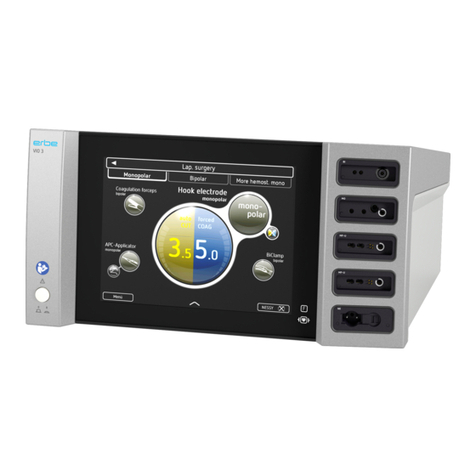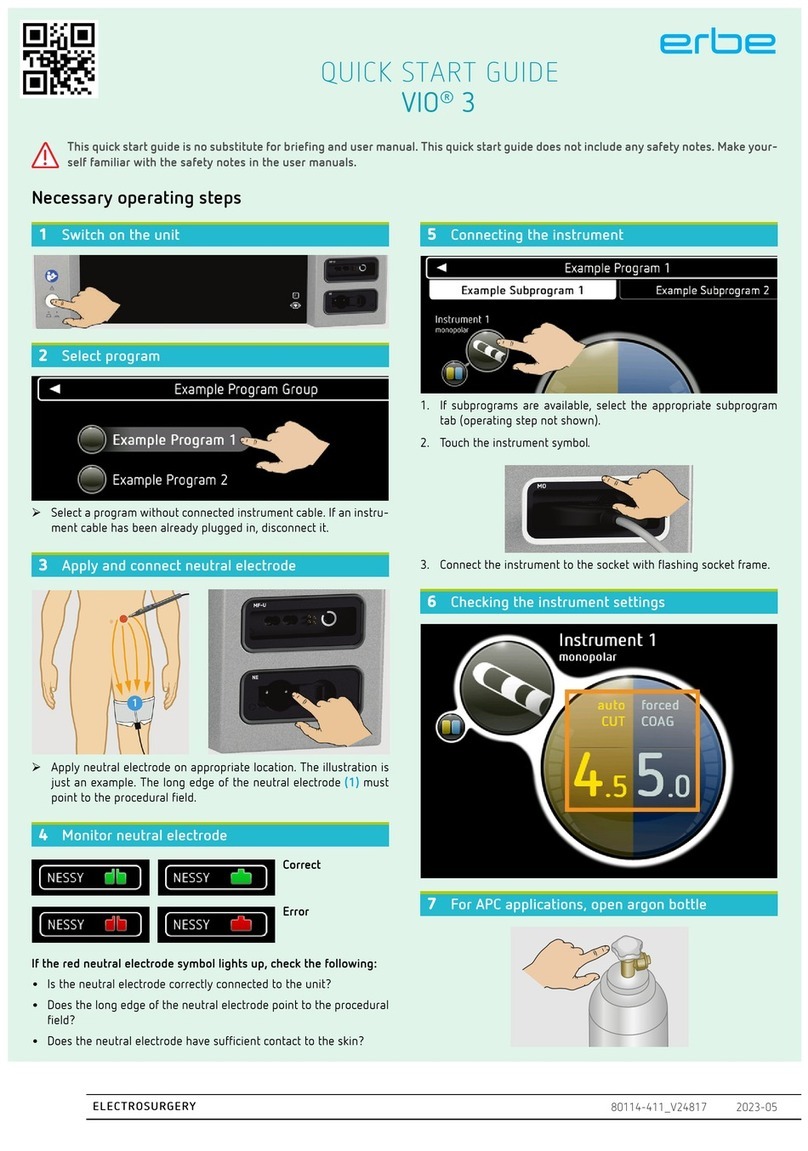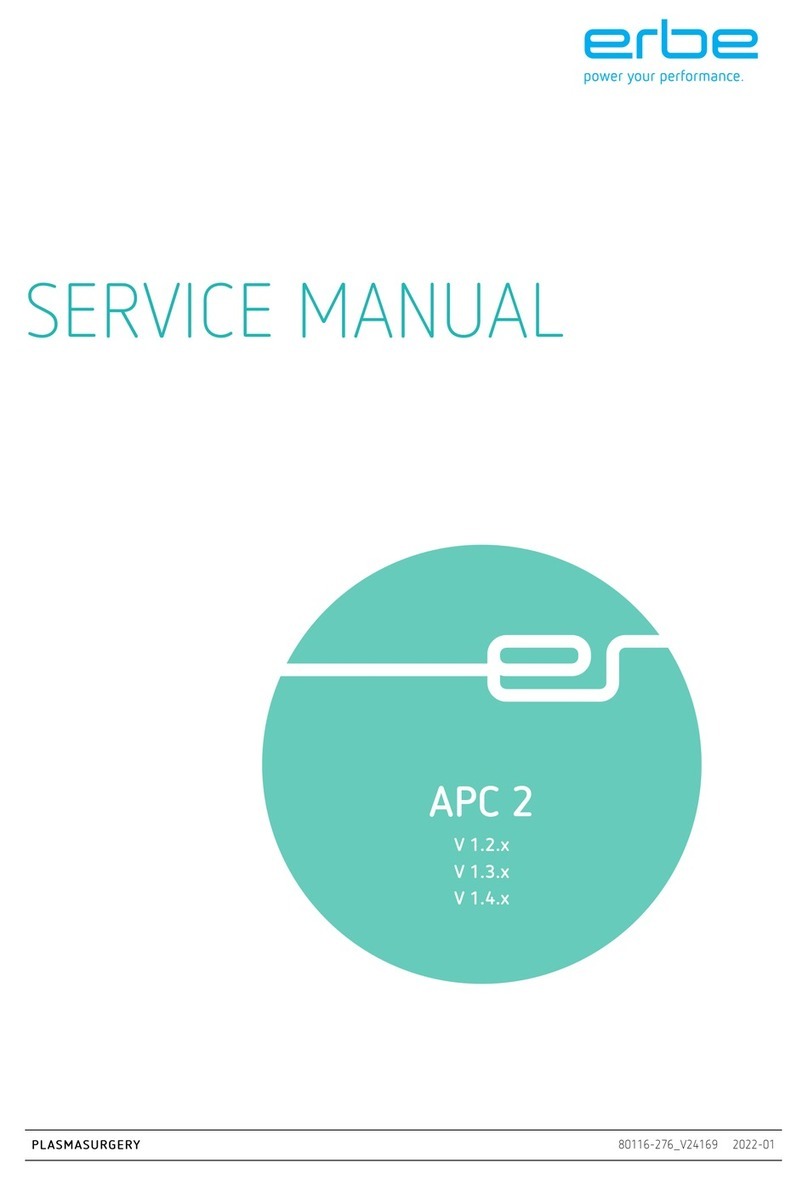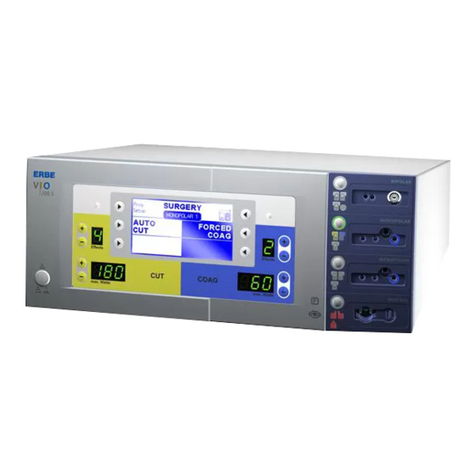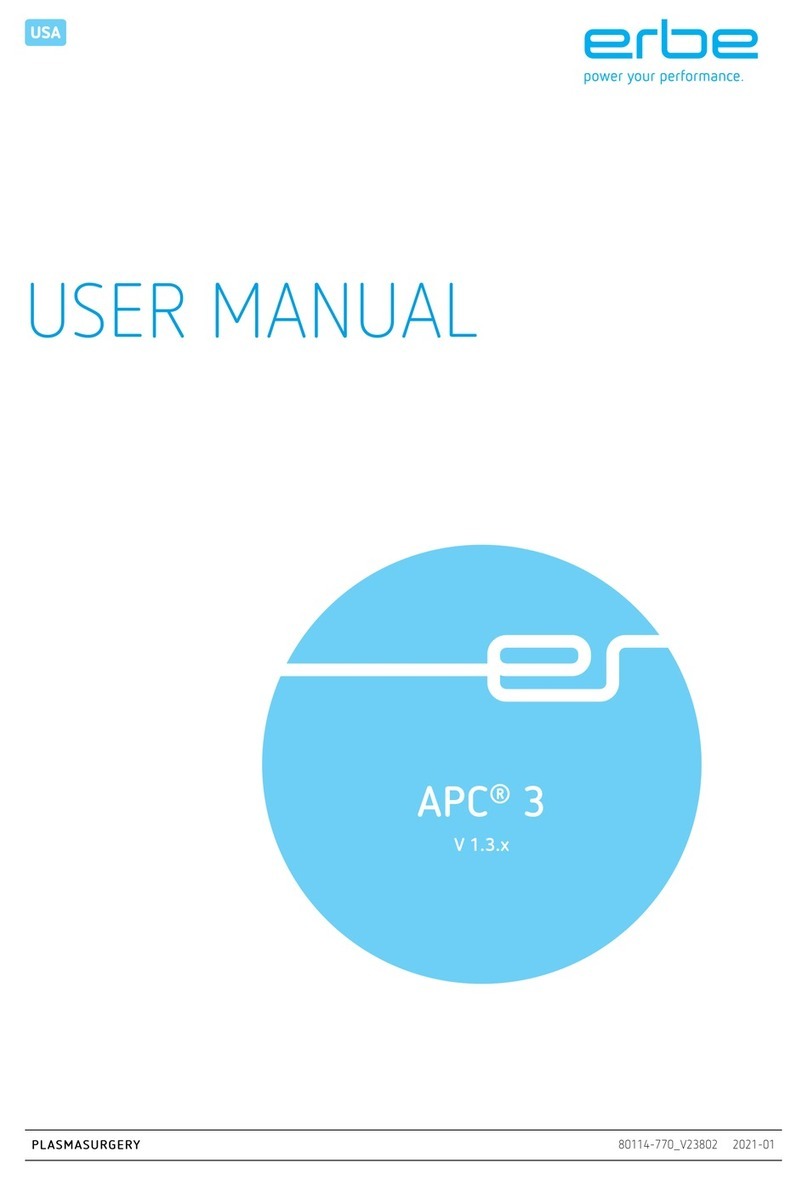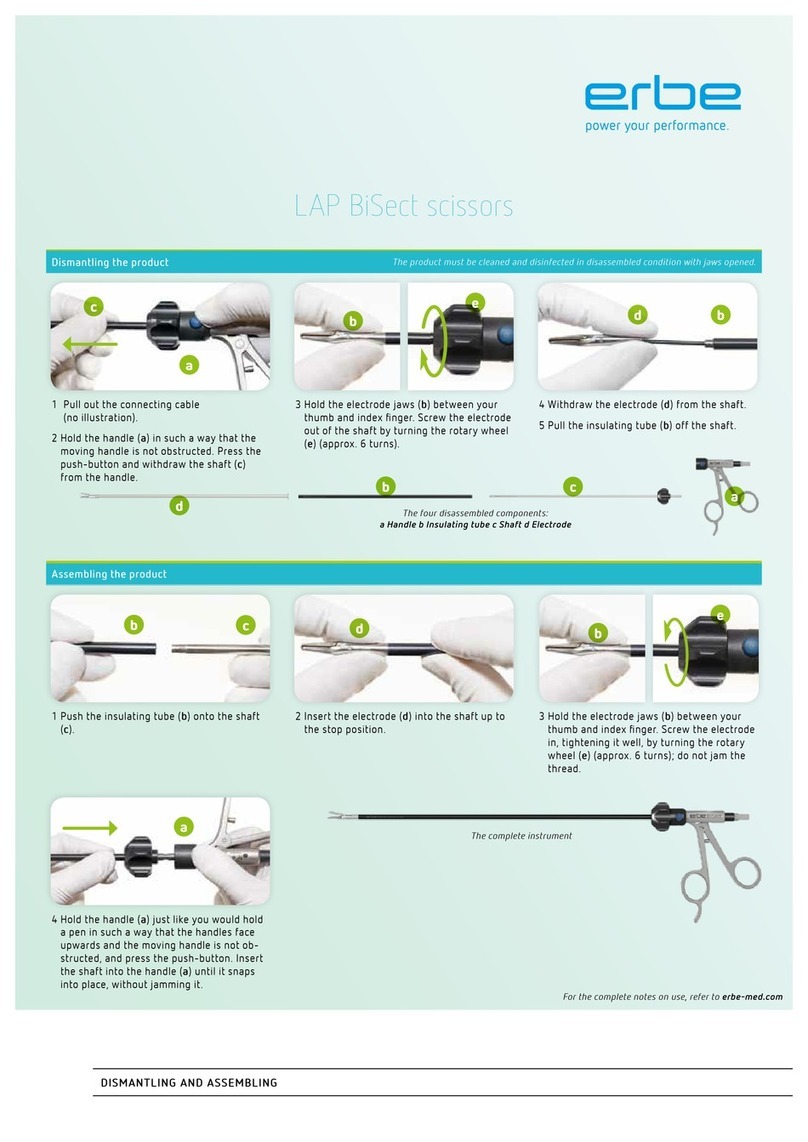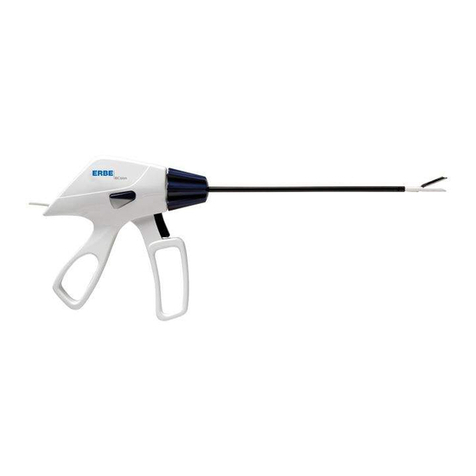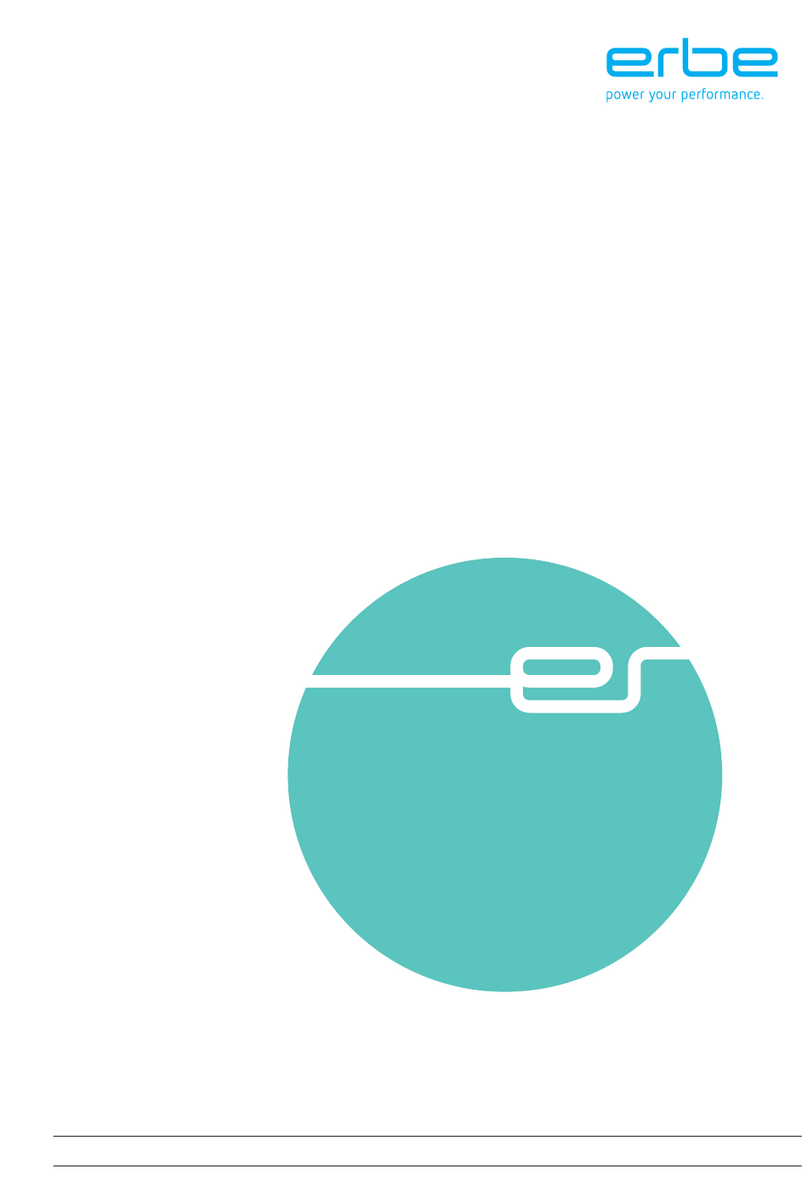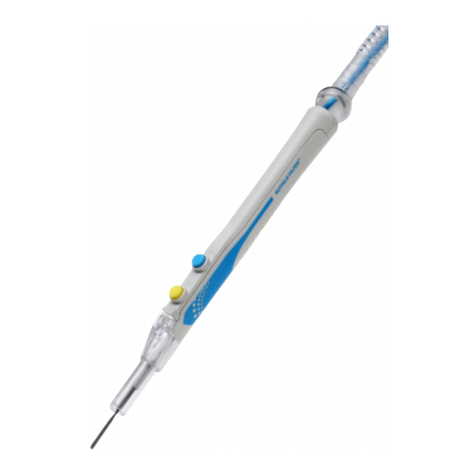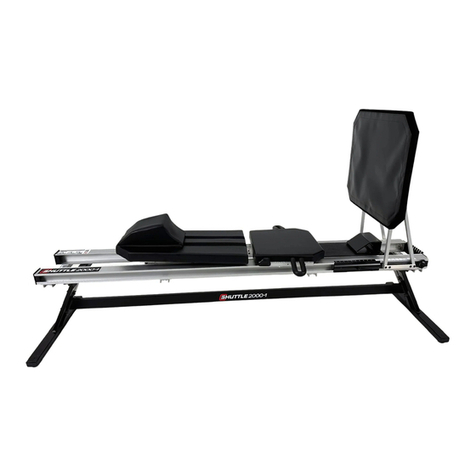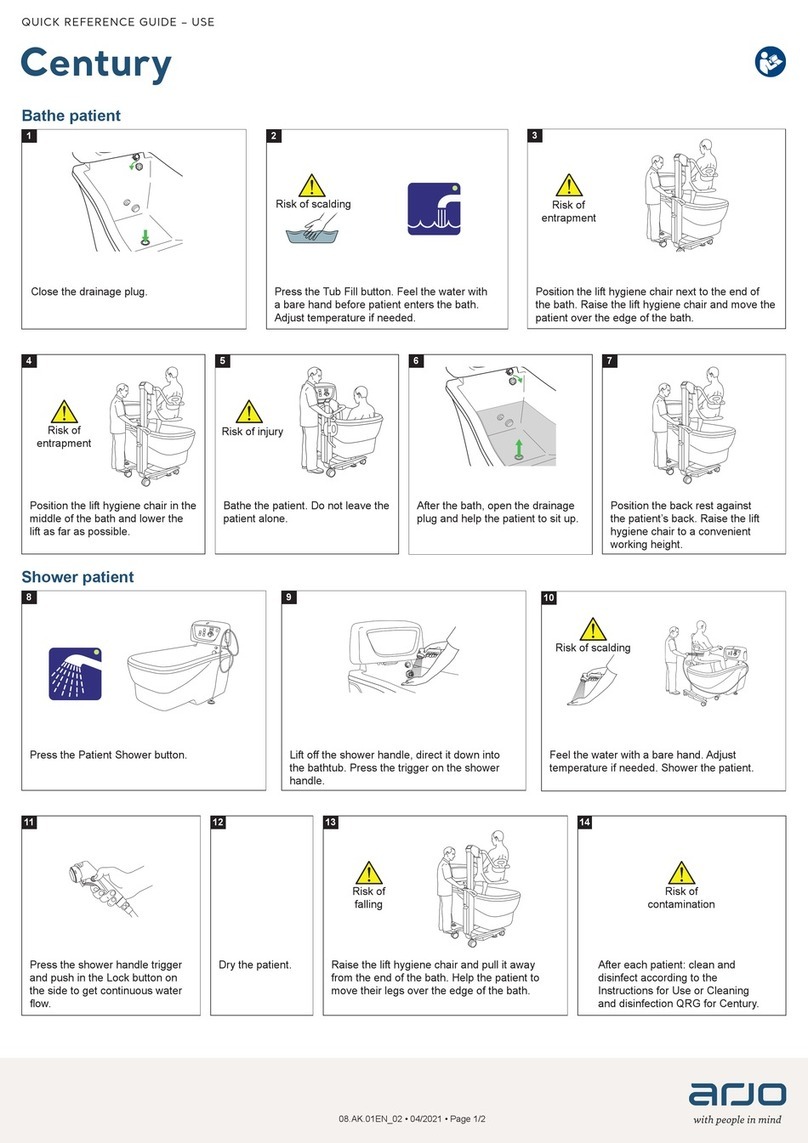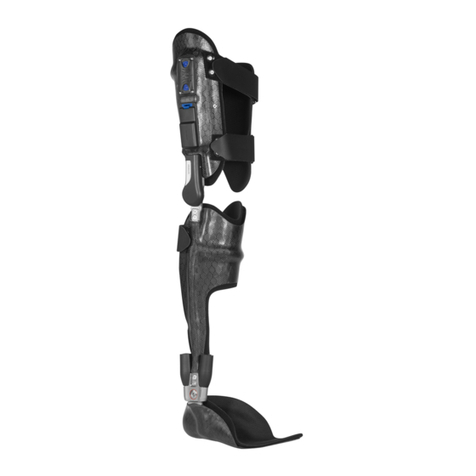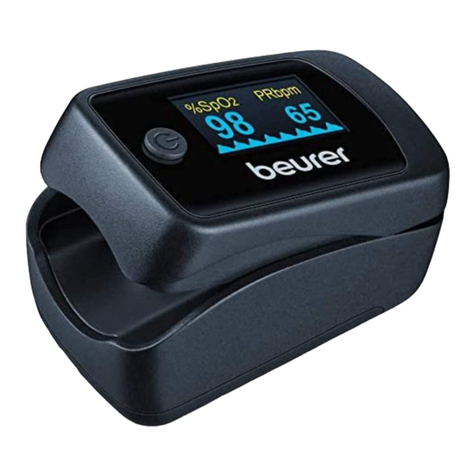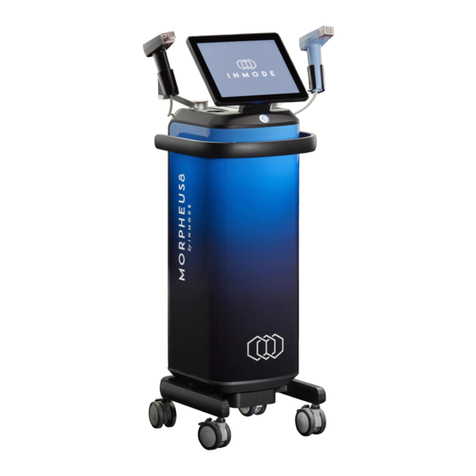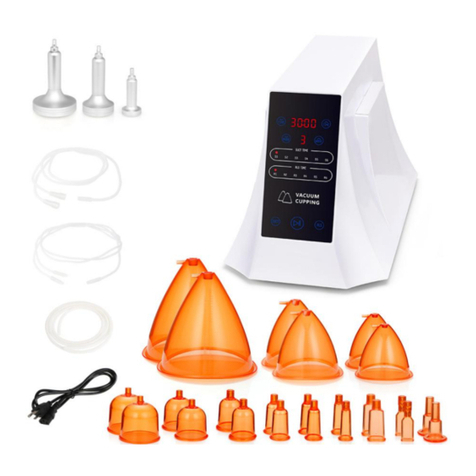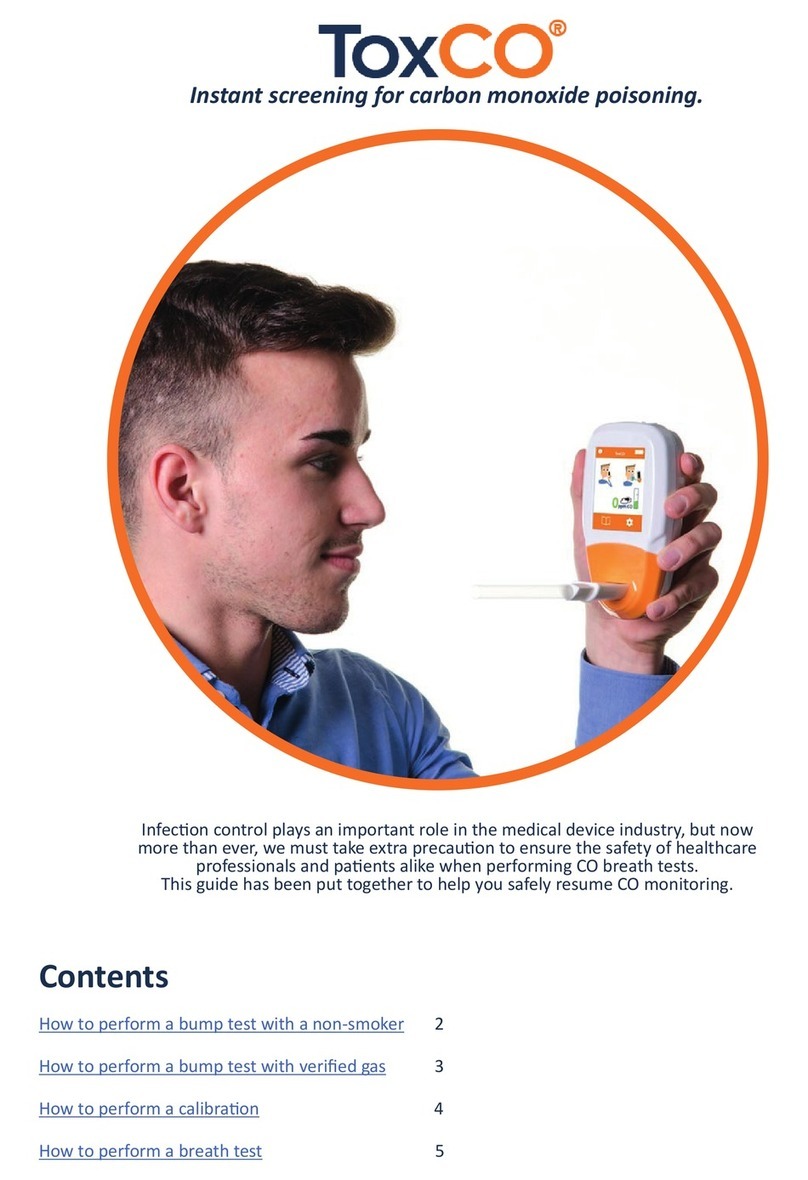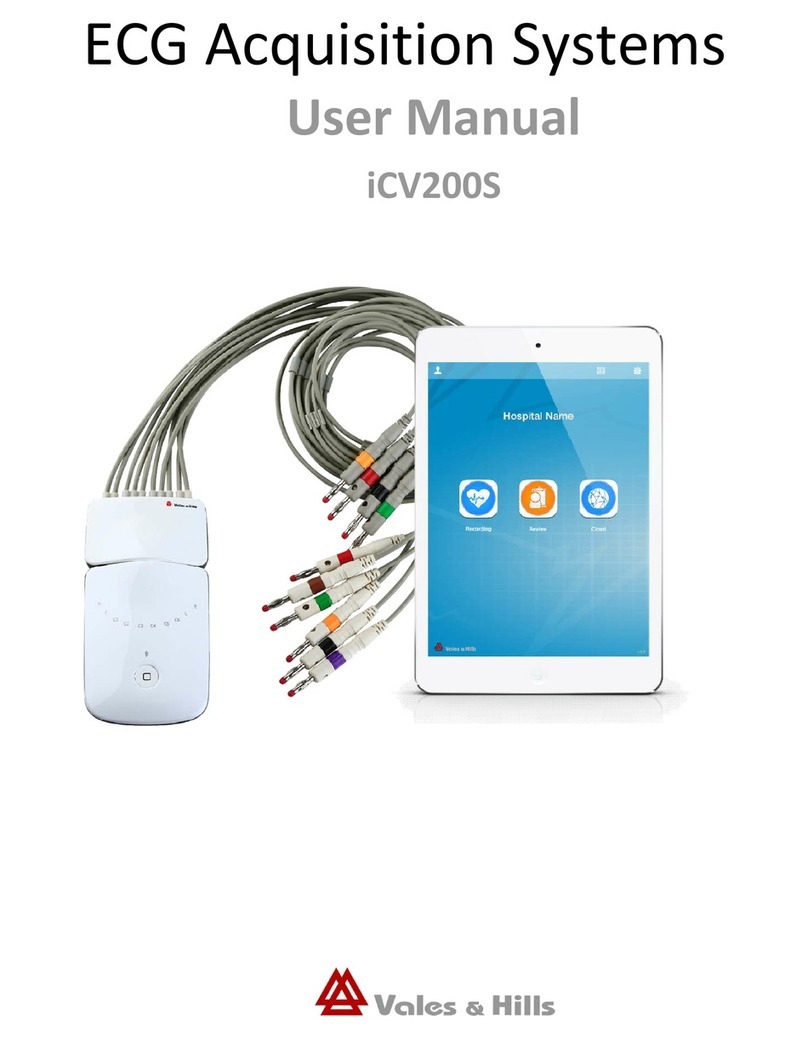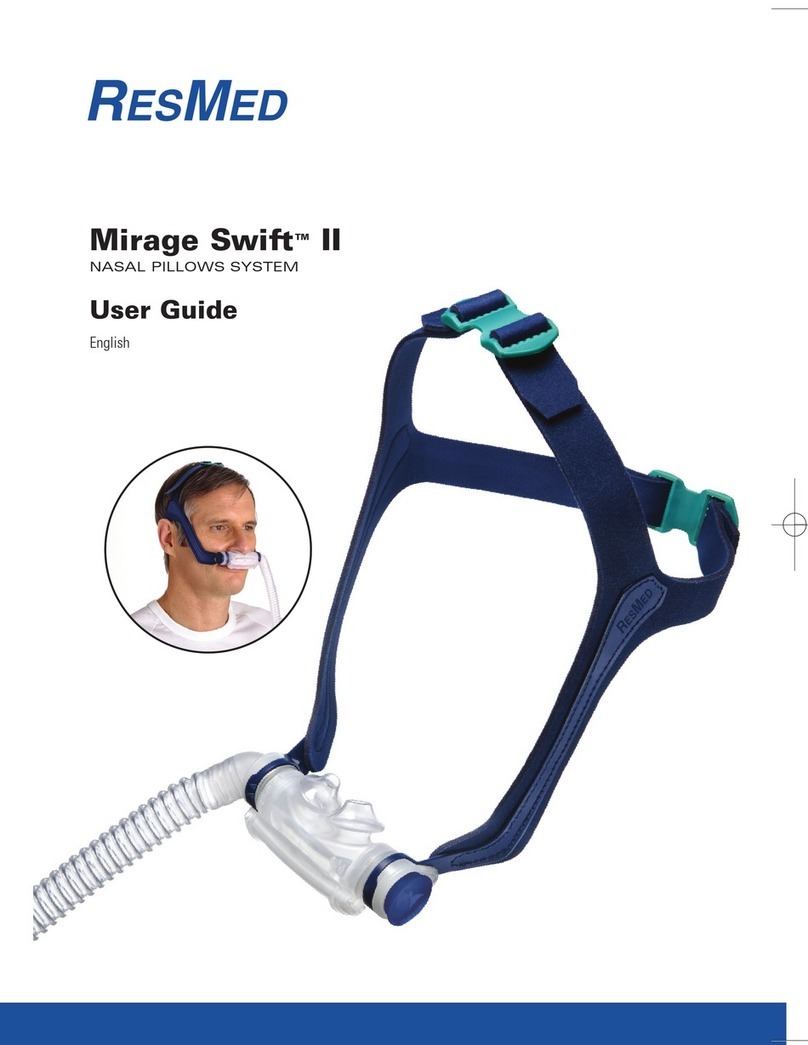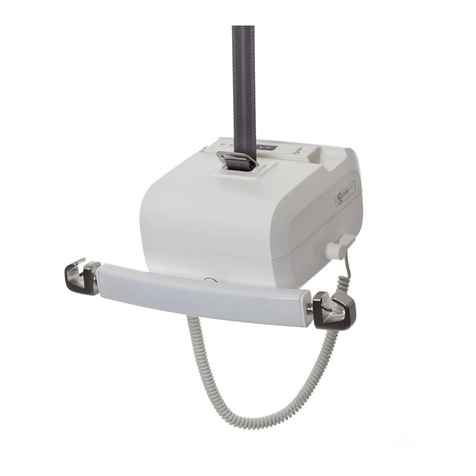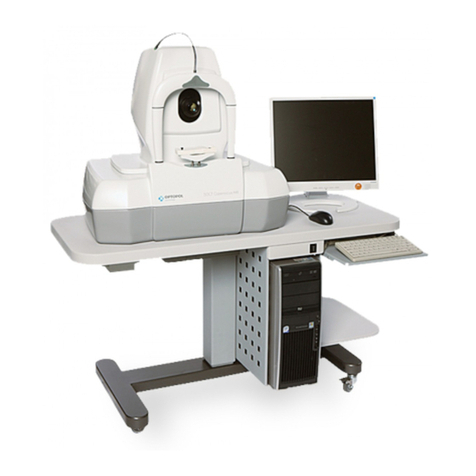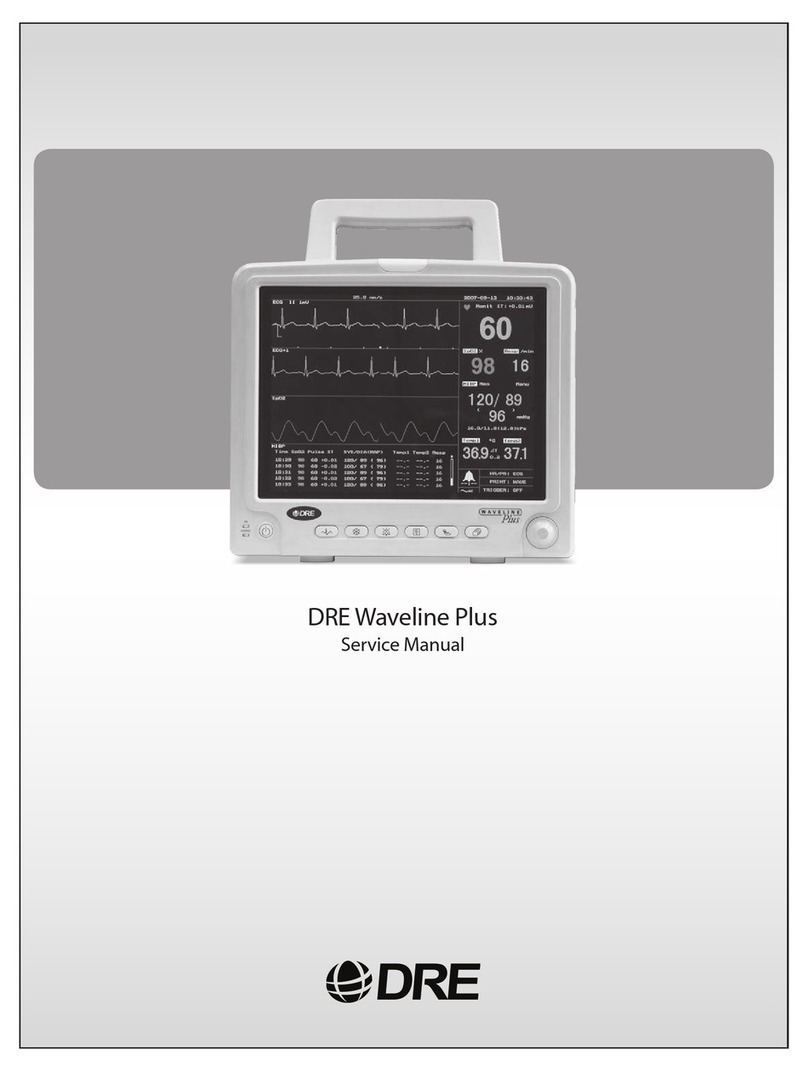Erbe VIO 300 S User manual

10.1580116-918
SERVICE MANUAL
VIO®300 S VIO®200 S
V 2.0.x V 2.0.x
ELECTROSURGERY


SERVICE MANUAL
VIO®300 S
VIO®200 S

Registered trademarks of Erbe Elektromedizin GmbH: AXUS®, BICISION®, BiClamp®, classicCOAG®, classicCUT®,
CLEVERCAP®, DeCo®, dryCUT®, endoCUT®, endoCOAG®, ERBE®, ERBECRYO®, ERBEFLO®, ERBEFLO AeroRinse®,
ERBEJET®, ERBELift®, ERBOKRYO®, FIAPC®, forcedAPC®, forcedCOAG®, Hybrid knife®, HybridKnife®, Hydro-Jet®,
ICC 200®, ICC 80®, KYRON®, NESSY®, NESSY Ω®, PLURA®, preciseAPC®, Preflow®, pulsedAPC®, ReMode®, REMODE®,
softCOAG®, sprayCOAG®, swiftCOAG®, The Color Blue®, thermoSEAL®, twinCOAG®, VIO®.
Service Manual Art. No. 80116-918
All rights to this manual, in particular rights of duplication, dissemination and translation, are reserved. No part of this man-
ual may be reproduced in any form (by photocopying, microfilming or other methods) or processed, duplicated or dissem-
inated by the use of electronic systems without the written consent of Erbe Elektromedizin GmbH.
The information contained in this manual may be amended or supplemented without prior notice and represents no obli-
gation on the part of Erbe Elektromedizin GmbH.
Printed by Erbe Elektromedizin
Printed in Germany
Copyright © Erbe Elektromedizin GmbH, Tübingen 2015

5 / 64
Table of Contents
80116-918
10.15
Table of Contents
1Safety information . . . . . . . . . . . . . . . . . . . . . . . . . . . . . . . . . . . . . . . 7
Classification of the safety information. . . . . . . . . . . . . . . . . . . . . . . . . . . . . . . . . 7
Knowledge of the User Manual . . . . . . . . . . . . . . . . . . . . . . . . . . . . . . . . . . . . . . . 7
Protection from the risk of electric shock . . . . . . . . . . . . . . . . . . . . . . . . . . . . . . . 7
Electrostatically sensitive components . . . . . . . . . . . . . . . . . . . . . . . . . . . . . . . . . 8
Liability and warranty . . . . . . . . . . . . . . . . . . . . . . . . . . . . . . . . . . . . . . . . . . . . . . . 8
2Unit description. . . . . . . . . . . . . . . . . . . . . . . . . . . . . . . . . . . . . . . . . . 9
Unit variants . . . . . . . . . . . . . . . . . . . . . . . . . . . . . . . . . . . . . . . . . . . . . . . . . . . . . . 9
Controls at the front . . . . . . . . . . . . . . . . . . . . . . . . . . . . . . . . . . . . . . . . . . . . . . . 10
Controls at the rear. . . . . . . . . . . . . . . . . . . . . . . . . . . . . . . . . . . . . . . . . . . . . . . . 11
3Technical Data . . . . . . . . . . . . . . . . . . . . . . . . . . . . . . . . . . . . . . . . . . 13
4Setup and Service settings . . . . . . . . . . . . . . . . . . . . . . . . . . . . . . . . 15
General information . . . . . . . . . . . . . . . . . . . . . . . . . . . . . . . . . . . . . . . . . . . . . . . 15
Overview of Setup settings. . . . . . . . . . . . . . . . . . . . . . . . . . . . . . . . . . . . . . . . . . 15
Overview of Service settings . . . . . . . . . . . . . . . . . . . . . . . . . . . . . . . . . . . . . . . . 16
Call up Setup and Service settings. . . . . . . . . . . . . . . . . . . . . . . . . . . . . . . . . . . . 17
Change settings . . . . . . . . . . . . . . . . . . . . . . . . . . . . . . . . . . . . . . . . . . . . . . . . . . 19
5Remedying malfunctions . . . . . . . . . . . . . . . . . . . . . . . . . . . . . . . . . 21
Safety information . . . . . . . . . . . . . . . . . . . . . . . . . . . . . . . . . . . . . . . . . . . . . . . . 21
ERROR list . . . . . . . . . . . . . . . . . . . . . . . . . . . . . . . . . . . . . . . . . . . . . . . . . . . . . . . 21
Abbreviations of Error displays . . . . . . . . . . . . . . . . . . . . . . . . . . . . . . . . . . . . 21
A/E-Errors . . . . . . . . . . . . . . . . . . . . . . . . . . . . . . . . . . . . . . . . . . . . . . . . . . . . 22
B-Errors. . . . . . . . . . . . . . . . . . . . . . . . . . . . . . . . . . . . . . . . . . . . . . . . . . . . . . . 25
C-Errors. . . . . . . . . . . . . . . . . . . . . . . . . . . . . . . . . . . . . . . . . . . . . . . . . . . . . . . 30
D-Errors . . . . . . . . . . . . . . . . . . . . . . . . . . . . . . . . . . . . . . . . . . . . . . . . . . . . . . 32
Err-Errors . . . . . . . . . . . . . . . . . . . . . . . . . . . . . . . . . . . . . . . . . . . . . . . . . . . . . 33
F-Errors. . . . . . . . . . . . . . . . . . . . . . . . . . . . . . . . . . . . . . . . . . . . . . . . . . . . . . . 33
2,3,5,6-Errors . . . . . . . . . . . . . . . . . . . . . . . . . . . . . . . . . . . . . . . . . . . . . . . . . . 34
4 (NE)-Errors . . . . . . . . . . . . . . . . . . . . . . . . . . . . . . . . . . . . . . . . . . . . . . . . . . 36
9-Errors. . . . . . . . . . . . . . . . . . . . . . . . . . . . . . . . . . . . . . . . . . . . . . . . . . . . . . . 37

Table of Contents
6 / 64
80116-918
10.15
6Maintenance and servicing . . . . . . . . . . . . . . . . . . . . . . . . . . . . . . . . 39
Who is allowed to perform servicing and maintenance work? . . . . . . . . . . . . . 39
What is a technical safety check?. . . . . . . . . . . . . . . . . . . . . . . . . . . . . . . . . . . . . 39
How often does a technical safety check have to be performed? . . . . . . . . . . . 39
Technical safety check – step by step . . . . . . . . . . . . . . . . . . . . . . . . . . . . . . . . . 40
Safety information. . . . . . . . . . . . . . . . . . . . . . . . . . . . . . . . . . . . . . . . . . . . . . .40
Testing and measuring equipment. . . . . . . . . . . . . . . . . . . . . . . . . . . . . . . . . .41
User manual and visual inspections. . . . . . . . . . . . . . . . . . . . . . . . . . . . . . . . .42
Tests to be conducted in accordance with the national specifications
and regulations . . . . . . . . . . . . . . . . . . . . . . . . . . . . . . . . . . . . . . . . . . . . . . . . .42
DC resistance . . . . . . . . . . . . . . . . . . . . . . . . . . . . . . . . . . . . . . . . . . . . . . . . . . .43
Performance tests . . . . . . . . . . . . . . . . . . . . . . . . . . . . . . . . . . . . . . . . . . . . . . .44
Footswitch activation . . . . . . . . . . . . . . . . . . . . . . . . . . . . . . . . . . . . . . . . . . . .45
Fingerswitch activation . . . . . . . . . . . . . . . . . . . . . . . . . . . . . . . . . . . . . . . . . . .46
Automatic start mode . . . . . . . . . . . . . . . . . . . . . . . . . . . . . . . . . . . . . . . . . . . .47
Automatic stop mode . . . . . . . . . . . . . . . . . . . . . . . . . . . . . . . . . . . . . . . . . . . .48
Spark monitor . . . . . . . . . . . . . . . . . . . . . . . . . . . . . . . . . . . . . . . . . . . . . . . . . .50
HF power output CUT . . . . . . . . . . . . . . . . . . . . . . . . . . . . . . . . . . . . . . . . . . . .52
HF power output COAGULATE. . . . . . . . . . . . . . . . . . . . . . . . . . . . . . . . . . . . . .54
Performance test upgrades . . . . . . . . . . . . . . . . . . . . . . . . . . . . . . . . . . . . . . .57
Monitor circuits . . . . . . . . . . . . . . . . . . . . . . . . . . . . . . . . . . . . . . . . . . . . . . . . .58

7 / 64
1 •Safety information
80116-918
10.15
CHAPTER 1
Safety information
Classification of the safety information
Knowledge of the User Manual
The User Manual for this unit constitutes an integral part of this Service
Manual. For performing servicing activities it is assumed that the reader
has knowledge of the User Manual, especially procedures for installation,
putting into operation, and handling.
Protection from the risk of electric shock
WARNING! The WARNING! safety indication refers to a risk of personal injury.
CAUTION! The CAUTION! safety indication refers to a risk of damage to property.
ATTENTION! The ATTENTION! safety indication refers to a risk which can cause
equipment to become unserviceable.
IMPORTANT! The IMPORTANT! designation indicates application information and
other particularly important information.
WARNING! The supply voltage must match the voltage specified on the rating
plate. Connect the unit / the equipment cart to a properly installed
grounded outlet. Only use the Erbe power cord or an equivalent power
cord for this purpose. The power cord must bear the national test sym-
bol.
For safety reasons, multiple outlets and extension cords should not be
used. If their use is unavoidable, they also must be provided with proper
grounding.
WARNING! Unplug the power cord from the outlet before exchanging parts of the
unit or cleaning it.
WARNING! Do not plug a wet power cord into the unit or into an outlet.

1 •Safety information
8/ 64
80116-918
10.15
Electrostatically sensitive components
Liability and warranty
WARNING! Do not touch any unprotected wires or conductive surfaces while the
unit is opened and under voltage.
WARNING! Blown line fuses may only be replaced by a competent technician. Only
replacement fuses of the rating specified on the unit's name plate may
be used. Before resuming operation the unit must be subjected to a
performance test by a competent technician.
CAUTION! This unit contains electrostatically sensitive components. Work at an
anti-static workplace while repairing the unit. Wear a grounding arm-
band while working with electrostatically sensitive components. Hold
the circuit boards by their non-conducting corners. Use an anti-static
container for transporting electrostatically sensitive components and
the circuit boards.
ATTENTION! Adjustments, tests, modifications, maintenance and repair work may
only be performed by Erbe or persons trained by Erbe. If the work is not
performed by trained persons, Erbe accepts no liability and warranty
rights become void.
It is recommended that the technical safety check also be performed by
Erbe or persons trained by Erbe.
ATTENTION! Only use original Erbe spare parts. The manufacturer accepts no liability
and the warranty rights becomes void if original spare parts are not
used.

9 / 64
2 •Unit description
80116-918
10.15
CHAPTER 2
Unit description
Unit variants
How do the unit variants differ
from one another?
There are VIO S units in different unit variants. Each unit variant has modes
assigned permanently to it.
In the VIO 300 S the unit variant 1 (= basic variant) contains all modes ap-
proved for this unit. These modes are described in the User Manual of the
unit. All other unit variants contain less modes than the basic variant. A list
of all unit variants for the VIO 300 S can be requested from Erbe Tübingen.
Currently only unit variant 1 is available in the VIO 200 S. The modes of this
variant are described in the User Manual of the unit.
How do I determine the unit
variant?
When the VIO S is switched on, the following information about the unit
software appears on the start screen:
•Software status (e.g. 2.0.x)
•Upgrades (e.g. EndoCut I)
•Unit variant (e.g. Variation 2)
The VIO 200 S is an exception. Since at the time of printing only unit variant
1 is available, no statement about the unit variant is made on the start
screen.
Which service work does the
unit variant affect?
The unit variant has an effect on the some tests of the safety check.

2 •Unit description
10 / 64
80116-918
10.15
Controls at the front
Fig. 2-1
IMPORTANT! This chapter contains an overview of the controls of the unit(s). The rel-
evant User Manual for the unit(s), knowledge of which is assumed for
servicing work, provides detailed information about how to use the
unit(s).
ERBE
300 S
F
max. Watts
COAG
+
+
CUT
Effect
max. Watts
+
+
FORCED
COAG
Effect
6
7
8
9
10
11
12
13
14
16
17
15
VIO 300 S
1Power Switch
2 +/ – buttons
3CUT LED
4 – 9 Selection buttons
10 COAG LED
11 – 14 Focus buttons
15 Pilot lamps for neutral electrodes
16 Pilot lamps for footswitches
17 Pilot lamp for AUTO START

11 / 64
2 •Unit description
80116-918
10.15
Controls at the rear
Fig. 2-2
1 Footswitch sockets
2ECB socket (Erbe Communication Bus)
3Potential equalization terminal
4Power supply module with fuses

2 •Unit description
12 / 64
80116-918
10.15

13 / 64
3 •Technical Data
80116-918
10.15
CHAPTER 3
Technical Data
Power connection
Rated supply voltage 100 V – 120 V ± 10 % 220 V – 240 V ± 10 %
Rated supply frequency 50 / 60 Hz 50 / 60 Hz
Line current 8 A 4 A
Power input in standby mode 40 watts 40 watts
Power input with max. HF output 500 watts / 920 VA 500 watts / 920 VA
Terminal for grounding (potential equal-
ization)
yes yes
Power fuses T 8 A H / 250 V T 4 A H / 250 V
Operating mode
Intermittent operation ON time 25% (e.g. activated for 10 sec. / deacti-
vated for 30 sec.)
Dimensions and weight
Width x height x depth 410 x 165 x 380 mm
Weight 8.8 kg
Ambient conditions for transport and storage of unit
Tem peratu re -40 °C to + 70 °C
Relative humidity 10% – 95%
Ambient conditions for operation of unit
Tem peratu re +10 °C to + 40 °C
Relative humidity 15% – 80%, noncondensing

3 •Technical Data
14 / 64
80116-918
10.15
Acclimatizing
If the unit has been stored or transported at temperatures below +10 °C or above +40 °C, the unit will
require approx. 3 hours to acclimatize at room temperature.
Standards
Classification according to EC Directive 93/42/EEC II b
Protection class as per EN 60 601-1 I
Type as per EN 60 601-1 CF

15 / 64
4 •Setup and Service settings
80116-918
10.15
CHAPTER 4
Setup and Service settings
General information
This unit features two levels for changing settings:
•Setup level
•Service level
Overview of Setup settings
Accessible to users and service personnel.
Setting Available from Description
Contrast V 2.0.x Setting display contrast.
System volume V 2.0.x Setting the volume of activation tones.
The activation tones must be easy to hear!
Key volume V 2.0.x Setting key volume.
AUTO START V 2.0.x Input of start delay for the AUTO START function.
Brightness LED V 2.0.x Setting the brightness of the LEDs.
Brightness Display V 2.0.x Setting display brightness.

4 •Setup and Service settings
16 / 64
80116-918
10.15
Overview of Service settings
Only accessible for service personnel. Password-protected.
IMPORTANT! The service menu is only available in English depending on the lan-
guage setting selected on the unit.
Setting Available from Description
Date V 2.0.x Self-explanatory.
Time V 2.0.x Self-explanatory.
Neutral electrode V 2.0.x Single surface
Dual surface
Either way
Dynamic
Factory setting: Dynamic
Time limit V 2.0.x Setting the time after which activation terminates automatically.
Automatic time V 2.0.x Setting the time for which an input box is shown on the display.
Error list V 2.0.x Saves all the errors that are detected and reported.
Version list V 2.0.x Indicates the software versions of all the connected compo-
nents.
"safe config." option 1
APC parameter V 2.0.x Setting the following parameters:
APC supply: self-explanatory.
APC Auto Purge: the instrument is automatically purged with
gas when it is plugged into the APC receptacle or if the instru-
ment is plugged into the APC receptacle already it is automati-
cally purged with gas when the unit starts up.
APC purge duration: selection of period for which the instru-
ment is purged with gas automatically. 1 to 10 s.
APC purge flow: selection of purge flow (in %) at which the
instrument is purged with gas automatically. Purge flow relates
to the default COAG Flow setting stored in the instrument.
Language V 2.0.x Self-explanatory.
Start screen V 2.0.x Start screen type selection.
AUTO START V 2.0.x Setting to specify whether AUTO START is permitted as an acti-
vation mode.
Test pr og ram s V 2.0.x Selection of hardware test programs.

17 / 64
4 •Setup and Service settings
80116-918
10.15
Call up Setup and Service settings
Call up Setup level
1. Call up "CUT-COAG" box and select menu item "Prog.Setup".
2. Select menu item "Setup". The unit switches to the Setup level. For
the settings that can be changed there see table page 15.
IES parameter V 2.0.x Setting the parameters for operation of the IES 2 smoke evacu-
ation system.
EIP parameter V 2.0.x Setting the parameters for operation of the EIP 2 irrigation
pump.
1. "safe config." saves the unit receptacle configuration recognized by the system. The receptacle configuration must be saved by the service technician
after every software update and after every unit upgrade and conversion. For this purpose compare the receptacle configurations indicated on the
"Version list" with the physical configurations on the unit. If the two agree, save the receptacle configurations with "Safe config.".
Setting Available from Description

4 •Setup and Service settings
18 / 64
80116-918
10.15
Call up Service level
1. Call up "CUT-COAG" box and select menu item "Prog.Setup".
2. Select menu item "Service". The unit switches to the "Password
input" box.
3. In the menu item "Case" select upper case.
4. Enter password VIOS. When doing so use the Up and Down keys to
set the initial letter.
5. Confirm the correct letter with the selection button.
6. Repeat steps 3 to 5 letter by letter.

19 / 64
4 •Setup and Service settings
80116-918
10.15
7. Confirm password with menu item "SERVICE". The unit switches to
the Service level. For the settings that can be changed there see table
page 16.
Change settings
1. Mark the setting that is to be changed using the selection buttons.
2. Press the selection button next to the mark. A new box opens. In that
box the setting can be changed with the nearest selection button.
IMPORTANT! Once the keyword has been entered and provided the unit remains
switched on, the Service level can be called up direct, i.e. without hav-
ing to repeat keyword entry. By switching off the unit the Service level
is protected by the keyword against unauthorized access again.
IMPORTANT! A setting change does not have to be confirmed. The unit executes it
immediately. After restarting the unit the changed setting remains
intact.

4 •Setup and Service settings
20 / 64
80116-918
10.15
Other manuals for VIO 300 S
1
This manual suits for next models
1
Table of contents
Other Erbe Medical Equipment manuals

Erbe
Erbe VIO 300 D User manual

Erbe
Erbe 20193-008 Operating instructions

Erbe
Erbe ERBECRYO 2 User manual
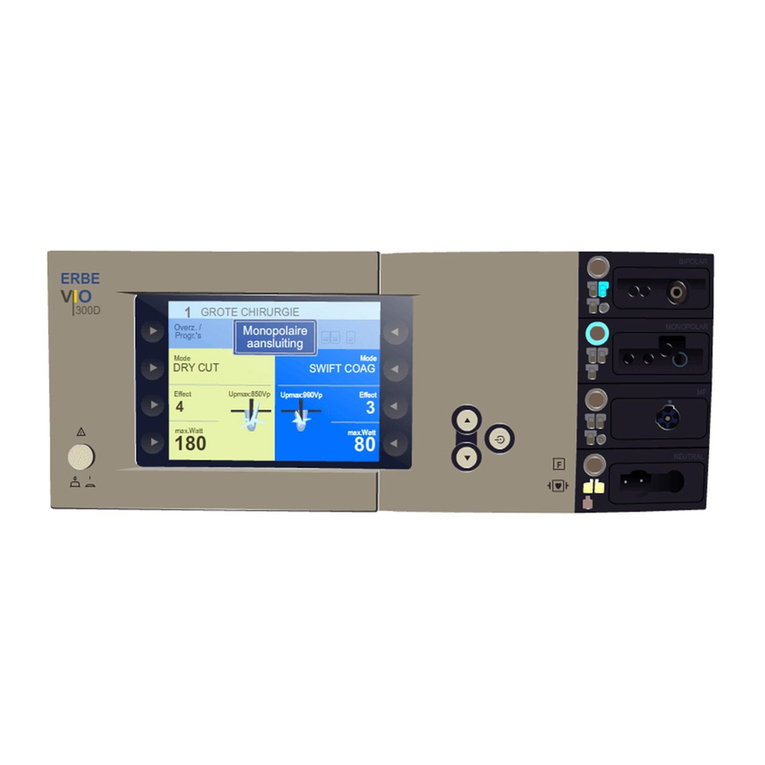
Erbe
Erbe VIO 300 D User manual
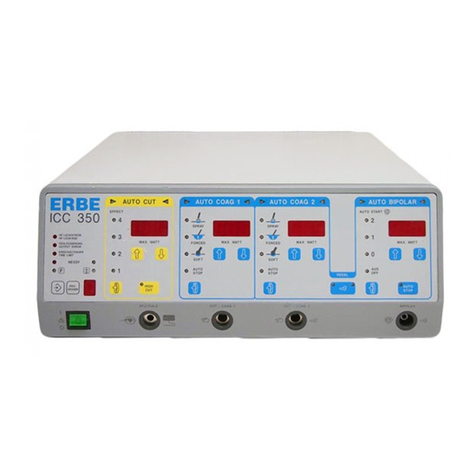
Erbe
Erbe ICC 350 User manual
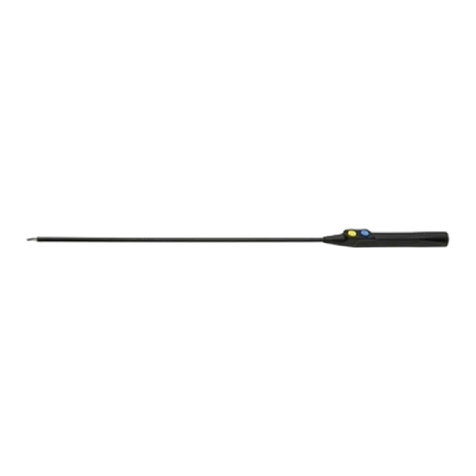
Erbe
Erbe 20191-179 Operating instructions
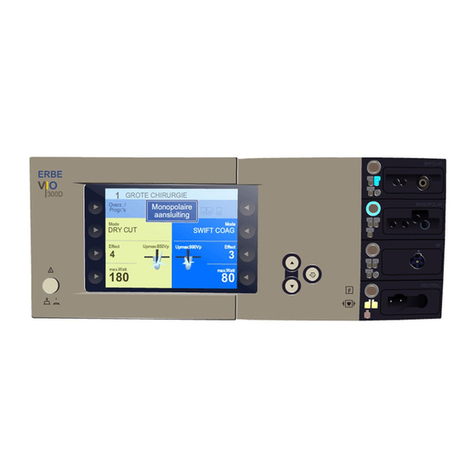
Erbe
Erbe VIO 300D ESU User manual
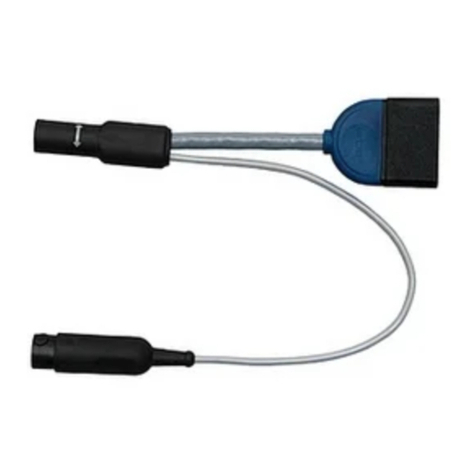
Erbe
Erbe 20132-249 Operating instructions
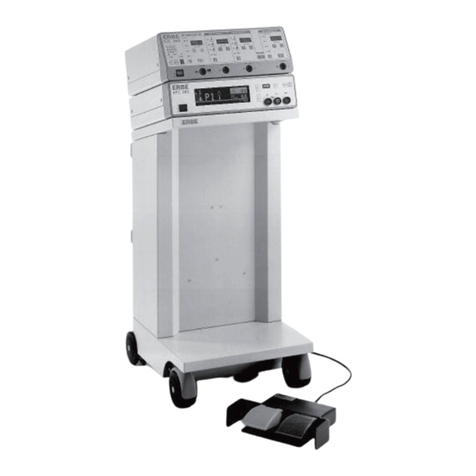
Erbe
Erbe APC 300 User manual
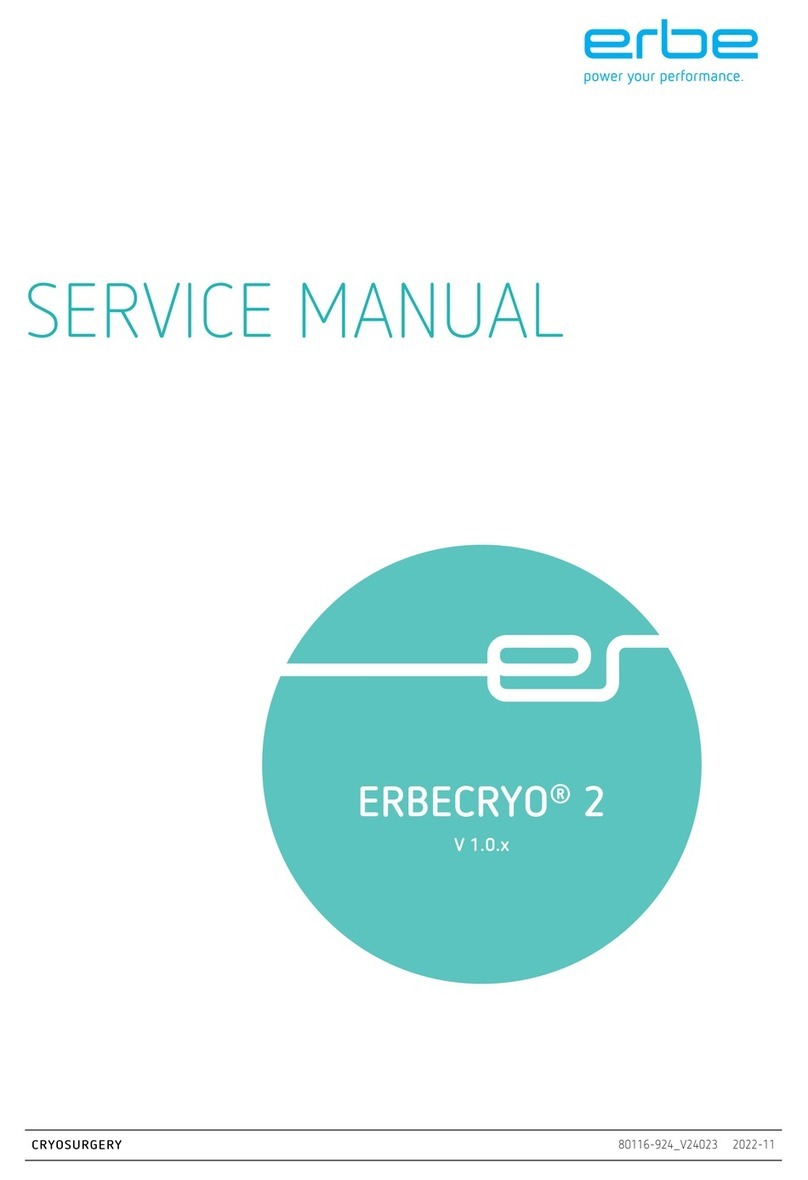
Erbe
Erbe ERBECRYO 2 User manual

